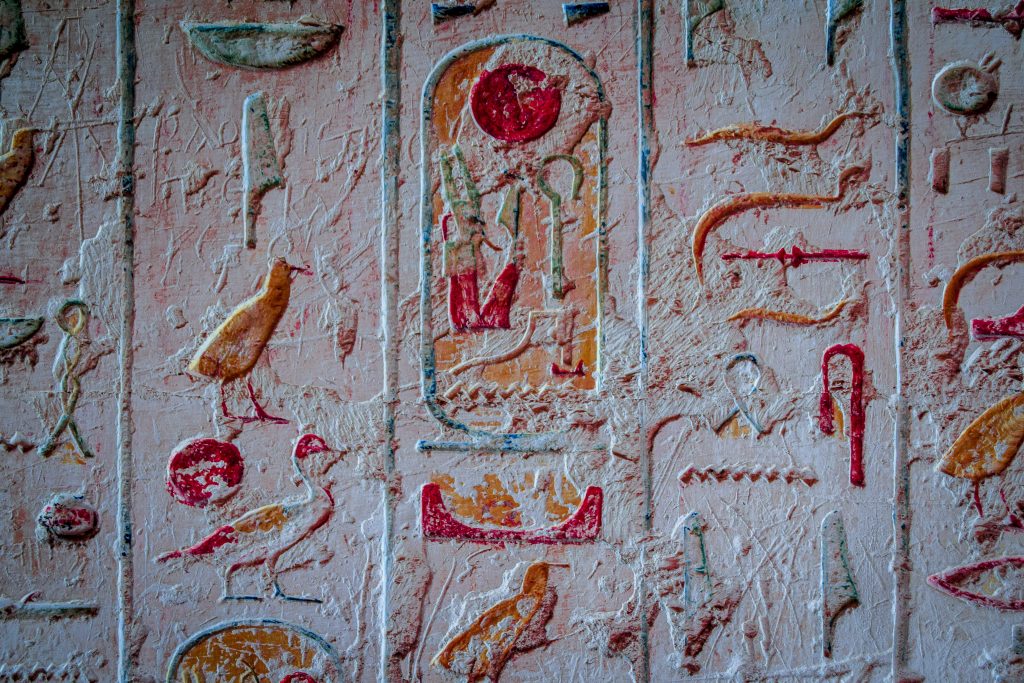
This one is a suggestion for many target groups, but the first one to come to mind is a history or sociology class. Before the workshop or lesson, let each participant choose or assign them a historical figure. You can also use the teamshufflr feature “Famous Persons” to assign those personalities at random. The participants then have to research the historical person, their circumstances, habits, positions on politics, science, etc.. For this group assignment, they will impersonate their chosen historical personality and represent the opinions and, to some extent, knowledge of their person.
During the workshop or class, you split the participants into teams of 3 to 4 – easiest with our teamshufflr app – and give them a topic to discuss for 10 minutes. After this first round, the participants should write down what they learned in this round. If there is time, you can reassemble the teams and introduce a new topic of discussion, again for a 10 minute round.
You can repeat this for as long as you like – also over the course of many workshops or lessons. At the end of the lesson, gather the whole class and reflect upon the changing views on politics and other different topics throughout history.
Reflection upon changes throughout the ages
Apart from getting the participants interested in the history of their own historical persona, the students experience how the position on one topic can change through the ages. Imagine Katharina the Great discussing Angela Merkel on their stance regarding statesmanship. Or let Leonardo da Vinci and Albert Einstein discuss how they would address climate change.
Furthermore, the participants practice empathy and cognitive abilities by assuming the stance of another person, forcing them to take this person’s perspective on topics, which might differ greatly from their own perspective.
Though history class is the first and most obvious choice for this kind of exercise, translating this to another group of workshop participants or students from another class can be very fun, too. Let the art students duke it out with each other as Frida Kahlo and Salvadore Dali. How would Mozart react to the values Madonna has in music? Let company leaders discuss as Alexander the Great and Niccolò Machiavelli about their expansion plans.
Just get creative with this one, and more importantly, have fun with it!

